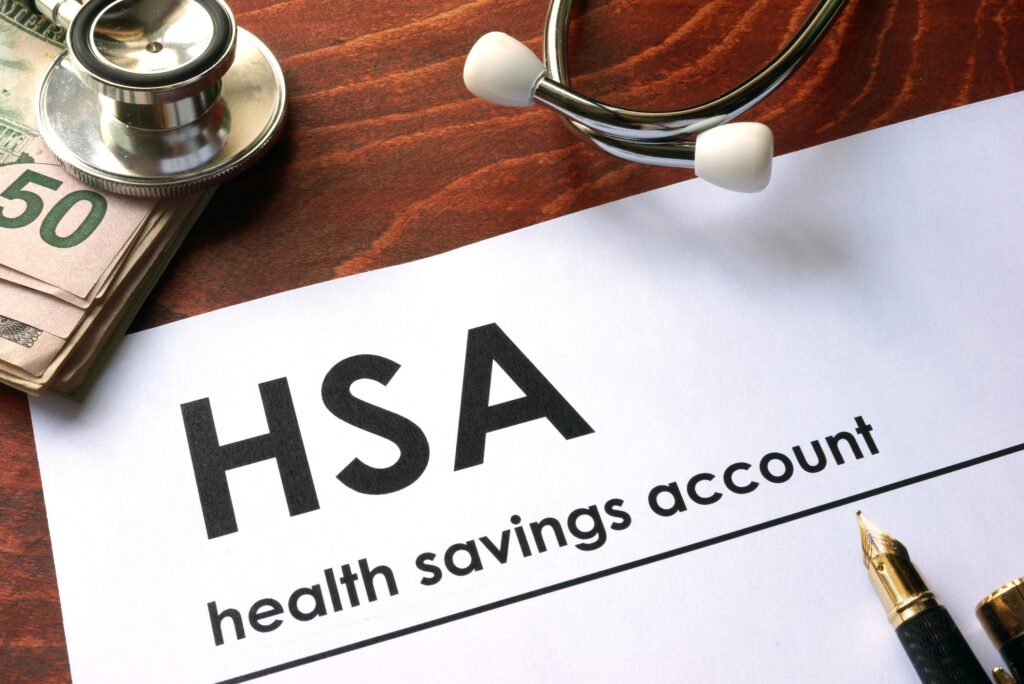
If you’ve found yourself in a situation where you made a mistaken non-medical Health Savings Account (HSA) distribution, you’re not alone. The good news is, there’s a way to correct it and avoid income taxes along with the 20% additional tax. Let’s dive into the details.
Understanding HSA Basics:
Health Savings Accounts offer flexibility, allowing funds for both medical and non-medical expenses. However, if you’ve accidentally made a non-medical distribution, it could lead to unwanted tax consequences.
Corrective Steps:
Here’s the key: if you can provide clear evidence that the distribution was a mistake due to reasonable cause, you have a solution. Work with your HSA custodian to return the mistaken funds before the next tax filing deadline of April 15th. This correction process ensures you sidestep income taxes and the 20% additional tax that typically applies to non-medical distributions.
Differentiating Expenses:
It’s crucial to distinguish between medical and non-medical expenses. While HSAs allow flexibility, non-medical expenditures can trigger tax consequences. Refer to IRS guidelines, particularly those outlined in IRS Publication 502, to ensure a clear understanding of what qualifies as a medical expense. This resource provides a comprehensive list, guiding you through eligible medical expenses and helping you avoid unintended tax liabilities.
Tax Implications:
Taking a non-medical HSA distribution usually results in two adverse tax consequences: inclusion in gross income and a 20% additional tax. Proper reporting on Form 8889 is essential to avoid potential IRS audits.
Conclusion:
Navigating the intricacies of HSA corrections doesn’t have to be daunting. By understanding the basics, differentiating expenses, and taking prompt corrective steps, employees can avoid unnecessary taxes on mistaken non-medical distributions. Remember, working in tandem with your HSA custodian is key to a smooth correction process.
